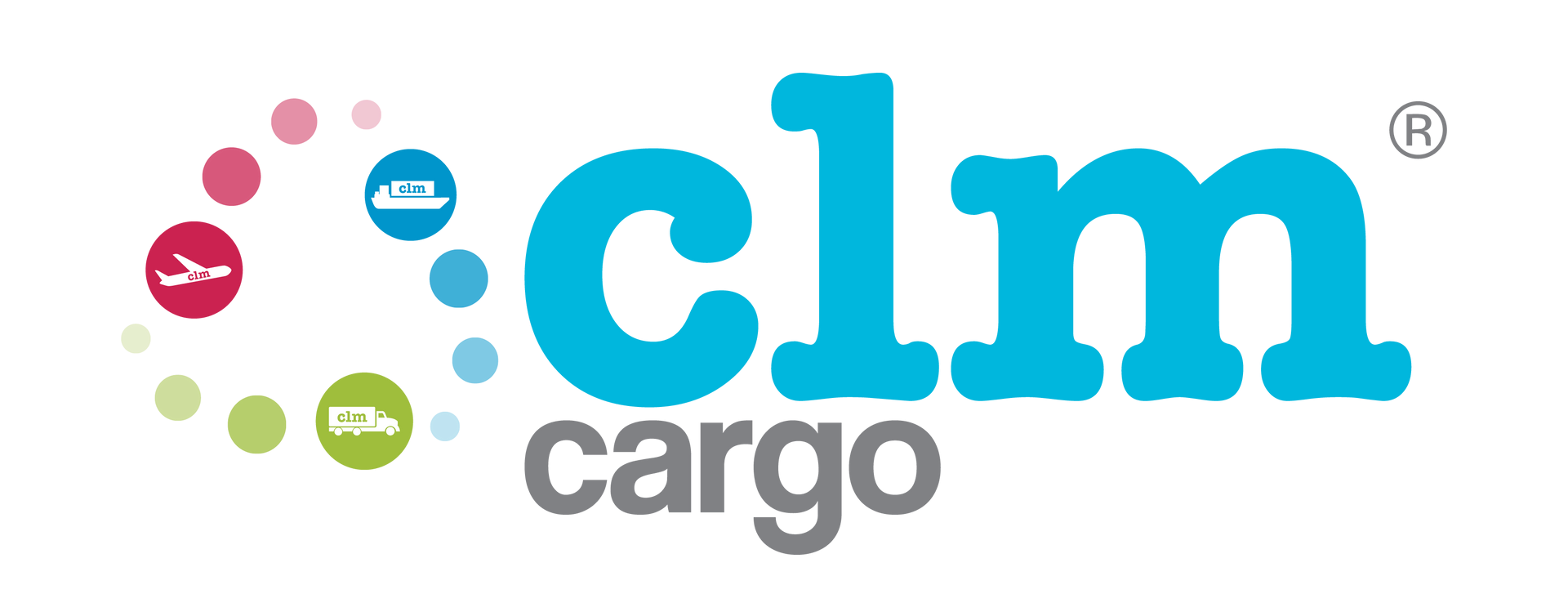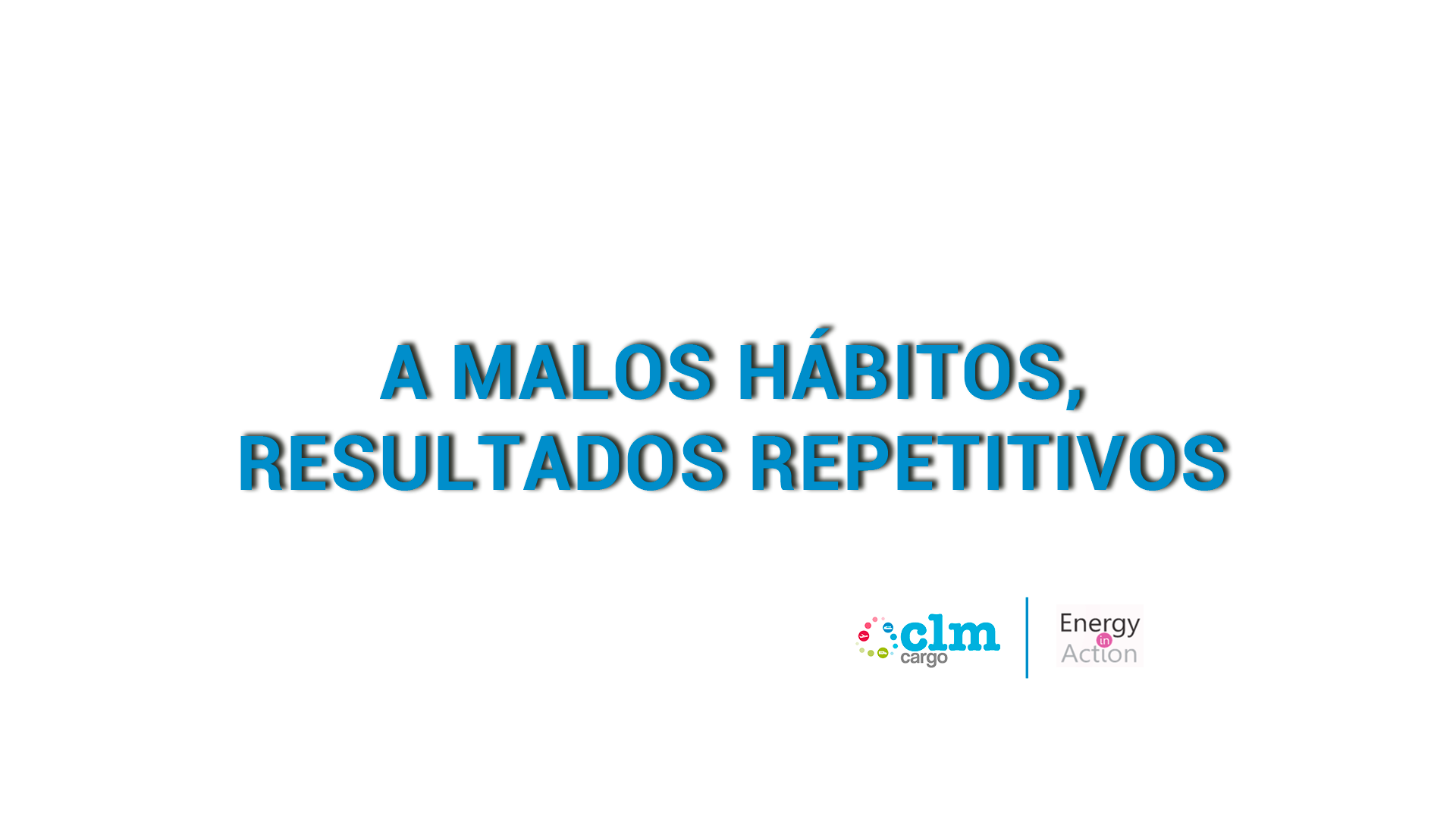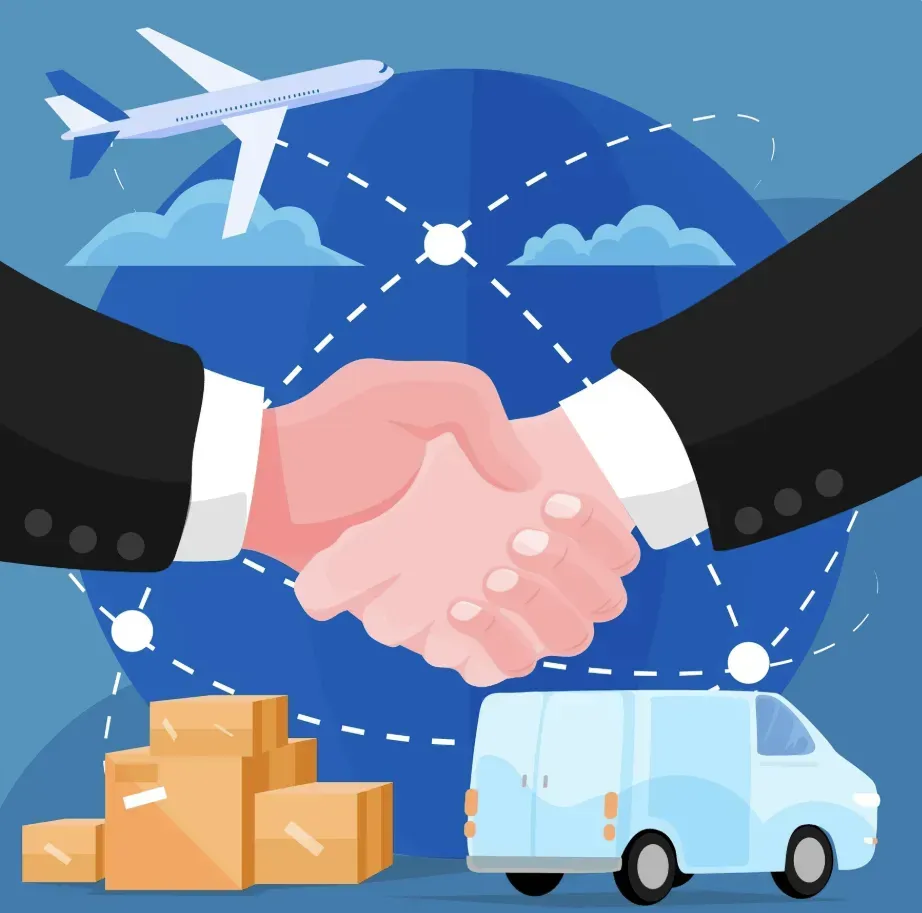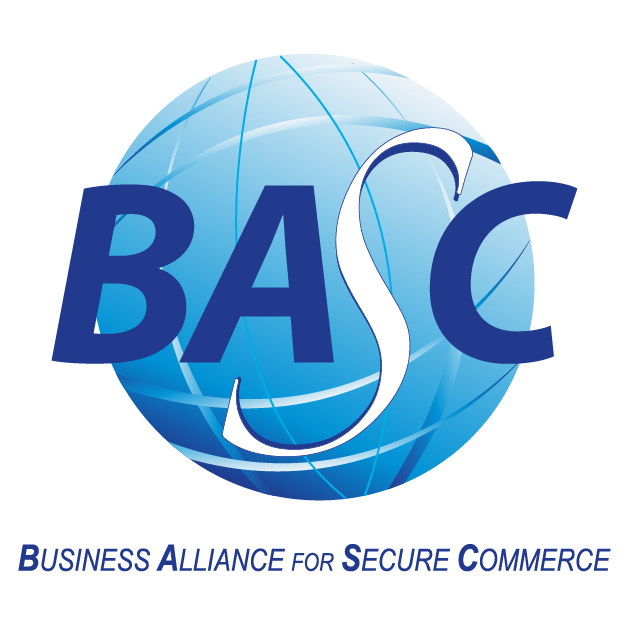Exporting from Colombia to Sweden
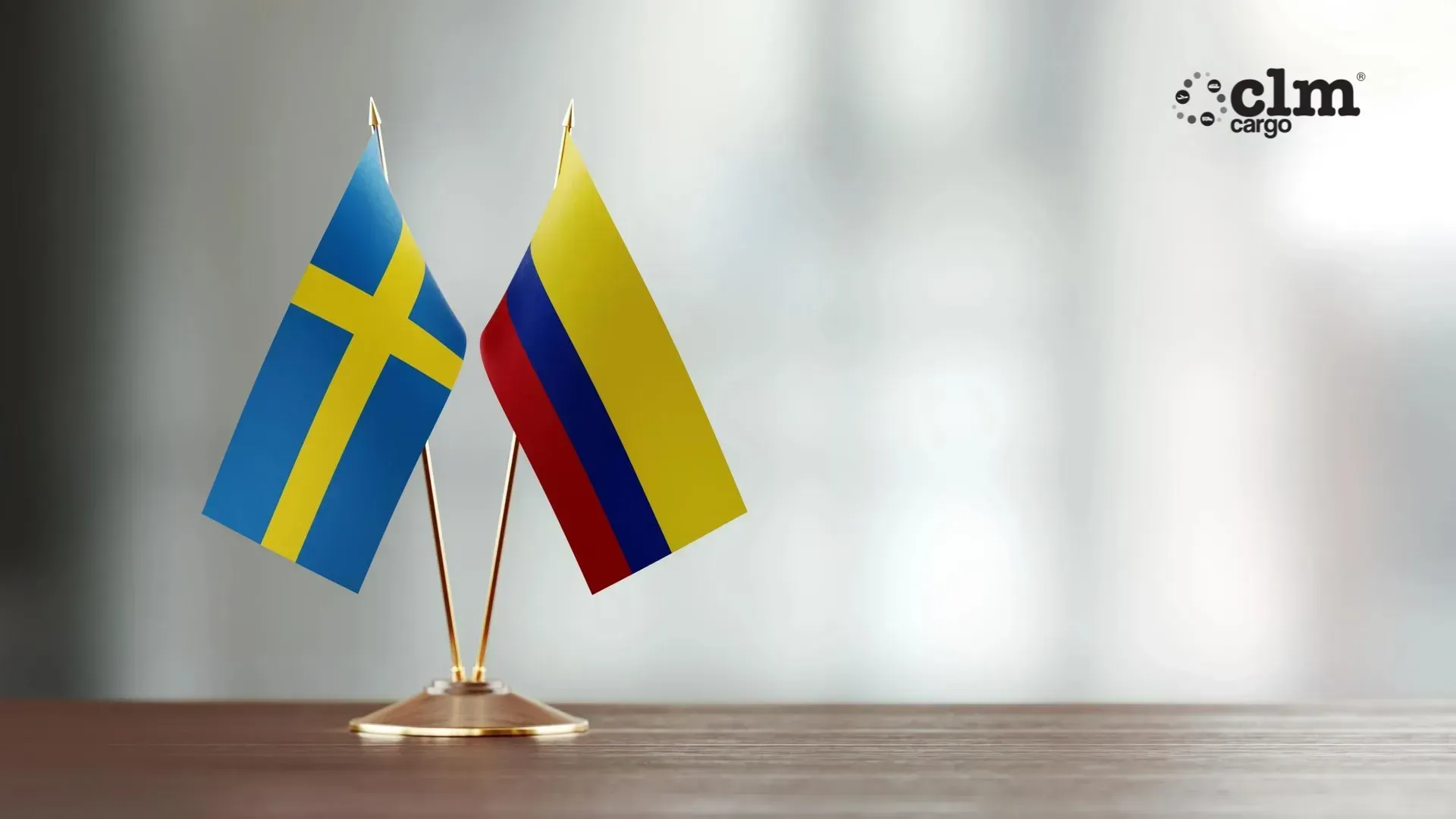
At CLM Cargo, we understand how important it is for your company to expand into new markets. In this blog, we guide you through the export process from Colombia to Sweden. Discover how to overcome logistical challenges and successfully bring your products to the Swedish market.
I. Market Research: Understand Opportunities in Sweden
Some advantages and benefits of exporting to Sweden include:
- Stable and developed market: Sweden is known for its stable and well-developed economy. Exporting to Sweden gives you access to a reliable and strong market, contributing to your business growth.
- High purchasing power: Swedish consumers enjoy a high standard of living and are willing to pay for quality products and services, increasing your profit margins.
- Political and economic stability: Sweden’s long-standing political and economic stability creates a favorable business environment with lower risks.
- Efficient infrastructure and logistics: Sweden has a highly developed transport and logistics system, ensuring shorter transit times and efficient service.
- Innovation and advanced technology: Sweden is globally recognized for its focus on innovation and technology, giving you access to advanced knowledge and tools.
- Access to the European Union: As an EU member, Sweden provides a gateway to other European markets, benefiting from trade agreements and export facilitation.
- Environmental responsibility: Sweden’s strong focus on sustainability makes it an ideal market for eco-friendly products and services.
➡️
Research the Swedish market and assess the demand for your products or services.
➡️
Identify your competition and define your niche within the Swedish market.
II. Adapting to Swedish Standards and Regulations
Quality and Safety Standards
- ISO 9001: Demonstrates your commitment to quality management. Required in many Swedish business sectors.
- Food safety standards: If exporting food, comply with Swedish Food Agency regulations, including ISO 22000.
- Product safety standards: For electronics, toys, or chemicals, comply with EU regulations like the Low Voltage Directive, Toy Directive, and REACH.
Labeling and Information Requirements
- Swedish-language labeling: All product labels must be in Swedish and include accurate product names, usage instructions, ingredients, warnings, and dimensions.
- Additional labeling: May include recycling symbols, hazardous material content, or specific warnings depending on product type.
Specific Certifications
- CE marking: Required for many products sold in the EU, including Sweden, indicating compliance with EU regulations.
- FSC certification: For wood-based products, FSC certification is highly valued for responsible and sustainable sourcing.
Compliance with Specific Regulations
- Environmental regulations: Strict rules for waste management, hazardous materials, and sustainability.
- Tax and tariff compliance: Understand and fulfill export-import regulations, taxes, and duties between Colombia and Sweden.
➡️ Adapt your products or services to meet Swedish standards and regulations.
III. Documentation and Customs Procedures
Environmental Regulations
- Waste management: Follow Swedish regulations for waste classification, treatment, and disposal.
- Hazardous substances: Comply with EU REACH regulations for chemical registration and handling.
- Sustainability: Adopt sustainable practices in production and supply chain management.
Industry-Specific Regulations
- Food and beverages: Meet EU food safety regulations including hygiene, allergen labeling, and contaminant control.
- Medical and pharmaceutical products: Comply with regulations from the Swedish Medical Products Agency.
- Cosmetics: Subject to safety evaluation and proper ingredient labeling.
- Electronics: Must meet EU safety and electromagnetic compatibility standards.
Tax and Customs Compliance
- Understand applicable taxes and tariffs when exporting to Sweden.
- Ensure proper customs classification, accurate declarations, and timely payment of duties and taxes.
IV. Safe Packaging and Transport
- Proper packaging: Use durable, high-quality materials suited to your products (e.g., corrugated boxes, foam, bubble wrap).
- Labeling and marking: Include sender and recipient info, reference numbers, contact details, and required customs/transport symbols.
- Complete documentation: Include commercial invoices, packing lists, bills of lading, and any other required paperwork.
- Reliable carrier selection: Choose a trustworthy shipping provider experienced in international transport to Sweden.
- Transportation regulation compliance: Meet all national and international transport regulations.
- Cargo insurance: Consider insuring your shipments to protect against loss, damage, or theft during transport.
V. Logistics Management and Supply Chain Monitoring
- Logistics planning: Coordinate transport (land, sea, or air), select reliable service providers, and define routes and transit times.
- Storage and distribution: Use safe and appropriate storage facilities, implement inventory management systems.
- Tracking and monitoring: Use GPS, barcodes, or specialized software to track shipments in real time.
- Effective communication: Maintain constant communication with suppliers, carriers, and customs agents.
- Risk management: Identify risks (delays, customs issues, demand changes, etc.) and develop contingency plans.
- Continuous improvement: Use data analytics to optimize routes, cut costs, improve delivery times, and enhance customer satisfaction.
VI. Cultural and Business Considerations in Sweden
- Punctuality and planning: Be on time and well-prepared; Swedes highly value punctuality and structured agendas.
- Flat hierarchy and decision-making: Swedish business culture is consensus-driven. Decision-making may take time but values group input.
- Direct and honest communication: Speak clearly and respectfully. Avoid unnecessary formalities.
- Consensus culture: Focus on collaboration and shared benefits, avoiding conflict or confrontation.
- Environmental respect: Show commitment to sustainability; it’s highly valued in Swedish business.
- Gender equality: Respect and treat everyone equally, regardless of gender. Avoid discriminatory behavior.
- Language learning: While most Swedes speak English, learning a few Swedish phrases shows cultural respect and improves business interactions.
Exporting from Colombia to Sweden can open new doors and opportunities for your business. We hope this guide has given you the essential knowledge for a successful export process. Don’t hesitate to contact us for more information and support throughout your journey to the Swedish market!



